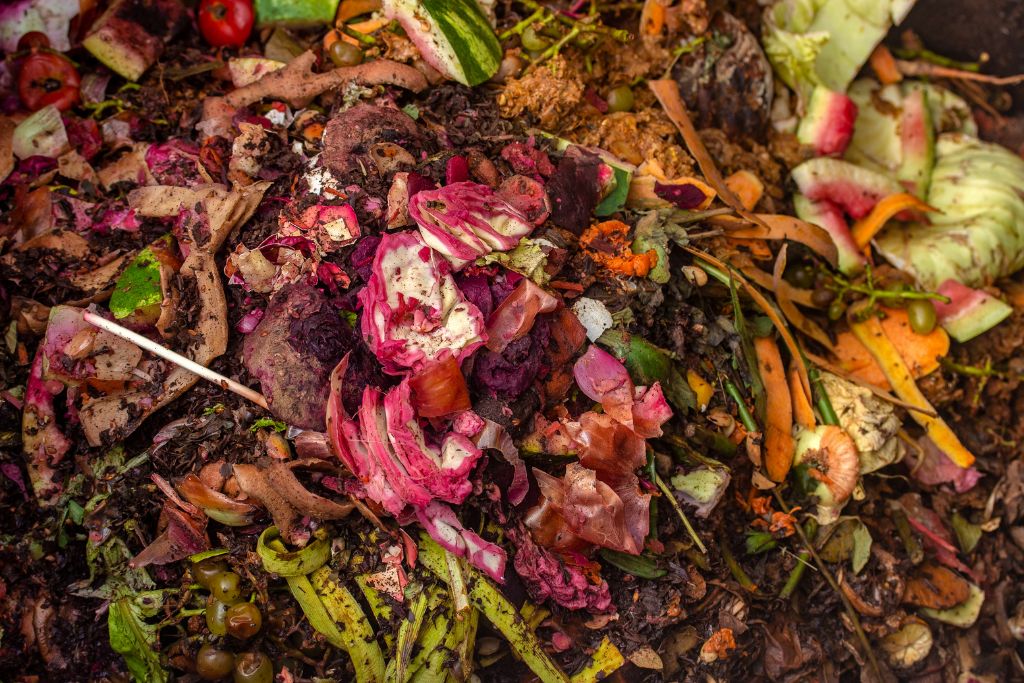One of the significant contributors to the climate crisis is food loss and waste. They are responsible for the emission of 3.3 billion tonnes of CO2 annually, increasing our footprint without purpose. Preventing food loss by predicting bio-based residual streams generated from the food industry using mathematical models and optimisation is what the European research project, Model2Bio, seeks to do. The project will develop a new programme based on mathematical models to predict residual streams from the agri-food sector. For these residual streams, the programme identifies the best valorising routes.
—
153.5 million tonnes of food are wasted each year in the European Union. To put this into perspective, the average person eats 675 kilograms of food per year. This means that the amount wasted is enough to feed approximately 227 million people – or about 3% of the world’s population.
I remember how my grandmother used the leftovers after each lunch. Any leftover chicken? The dogs will surely appreciate it. What about the bones? Throw them into a pot and prepare some chicken stock for dinner. For this reason, I always wanted to do my little part in reducing those 153.5 tonnes, even if just by a tiny fraction. But my dream was to be either a mathematician or an engineer, and I couldn’t tackle the bigger problem anyway.
Or that’s what I thought until I learned more about maths.
When we speak about mathematics, there are two possible reactions: either you love it or you hate it. If we ask why people hate math, the most common answer is that “we can’t do anything with it”. This, however, is far from the truth.
As you may already know, mathematics is divided into two main fields: pure maths and applied maths. The focus of the latter is solving real-world problems. The way we usually solve these problems is through mathematical modelling. That is, we try to explain how everything works with equations.
For example, suppose we want to budget our money. We can easily see that the amount of money we have available each month is our monthly pay minus rent and other expenses. This formula, albeit simple, is enough to know how much we will be able to invest each month.
A mathematical model can go from something as little as the previous example to something as big and complex as Newton’s laws, which allow us to predict the movement of planets. However, having the equations by themselves won’t solve a problem. This is where another “branch” of mathematics comes into play: optimisation.
As the name implies, we try to find the best possible solution to a given problem.
Let’s return to our previous example of budgeting. Imagine you want to invest all the money you have available either in a savings account or cryptocurrency. The latter option is more profitable than the first, but less likely to occur. If we wanted to get the most out of the money invested, we would go for the most profitable option, but common sense says to go for the savings account because it is more likely to increase our assets. In this case, mathematical optimisation can tell us how much money to invest in each one to maximise our profits.
Back to the problem at hand, we can say that food loss is a real-world problem. By applying some logic, mathematics (specifically, mathematical modelling and optimisation) can be used to solve this problem.
This is what the EU-funded project Model2Bio is about. The main objective is to predict, based on mathematical models, the composition of several by-products such as potato peels or cheese whey from different agri-food industries. Once we have these models, my colleagues and I optimise the route that the by-products take so that agri-food companies can get the most out of them. For example, by using cheese whey to make protein powder instead of throwing it away. The models and optimisations we develop will be fed into a programme that will have companies find out how they can use resources more efficiently while simultaneously generating less waste.
This is just a small example of how maths can tackle the food waste problem. At the same time, we shouldn’t just be leaving it to engineers, chemists, biologists, and mathematicians to solve the crisis. We are all capable of helping reduce food waste. And we can start by reflecting on how we deal with leftovers at home. We don’t need to go to great lengths, we just have to take one step at a time.
You might also like: 25 Shocking Facts About Food Waste


















